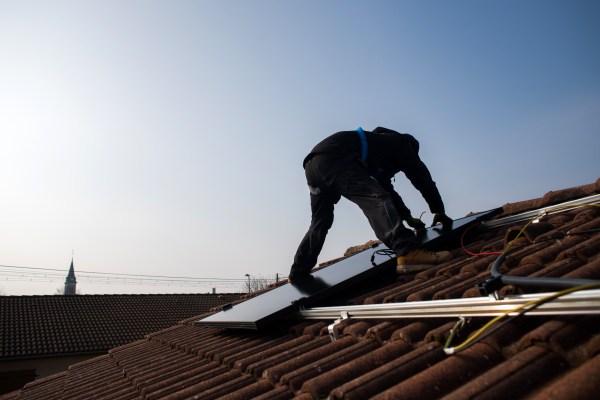Despite record growth in the solar industry last year, software startup Aurora Solar has laid off 20% of its staff of about 500 people, TechCrunch has exclusively learned.
The company, which provides software to help solar installers manage their sales, project design and installation process, has missed its growth targets for the past year, a source said. Monday’s layoffs follow a smaller layoff of around 20 people in November, they added.
Aurora Solar last raised $200 million in a Series D round that closed in February 2022, less than nine months after raising a $250 million Series C. In total, the company has raised $523 million, according to PitchBook.
“Like many other companies in the solar industry, we’ve felt the effects of larger macroeconomic challenges, including higher interest rates and the impact of NEM 3.0 in California,” Aurora Solar told TechCrunch after publication.
In California, the largest solar market in the U.S., changes in net metering (known as NEM 3.0) have led to homeowners getting paid about 75% less for power sold back to utilities. While that hasn’t cratered demand for solar among single-family homeowners, it’s possible the new regulations knocked it off its previous trajectory.
The net metering changes generated a surge of interest last year, according to Aurora Solar’s data, likely from homeowners hoping to get in before the new rules took effect.
With net metering rates slashed, the state has decided to offer richer incentives for solar installations that include batteries. But many door-to-door sales representatives, especially those who work independently, aren’t as well equipped to sell batteries since they require far more details about a home than solar alone.
To design and permit a battery system, sales reps have to calculate the household’s daily energy usage, size up the home’s electrical panel and figure out where to put the batteries. Solar, on the other hand, can often be sold by looking at satellite photos of a home’s roof and surrounding trees and buildings, from which software can easily calculate how much power a solar array can produce.
As a result, smaller installers have been facing pressure under the new regime. While Aurora Solar says its software is used by 90% of the top 100 solar installers, it also has more than 7,000 customers, many of which likely fall in the long tail of the distribution, those that say they’re under the most pressure. In total, the California solar industry was estimated to cut 17,000 jobs last year.
This article has been updated with comment from Aurora Solar.
